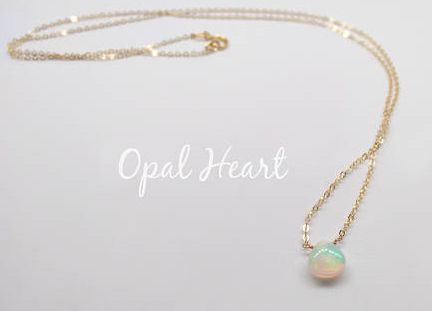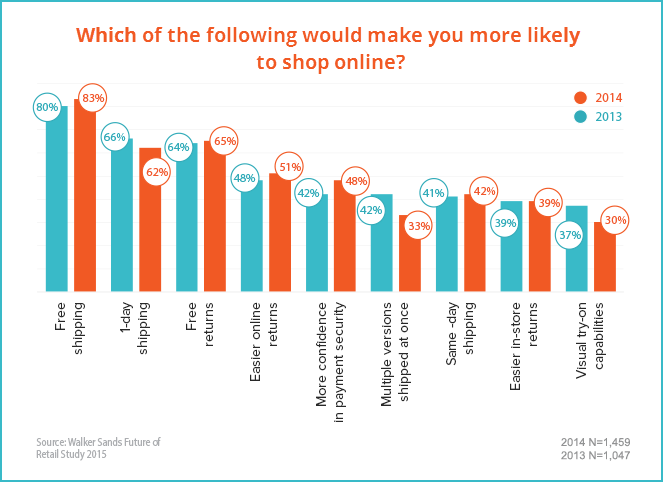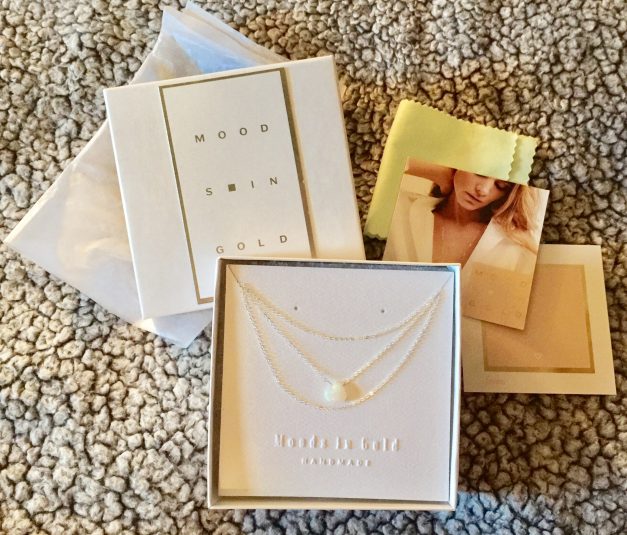Customer-First Marketing: What every entrepreneur and SMB marketer can learn from successful Etsy sellers
Whenever I’m looking for an original, handcrafted gift, I go to Etsy.com. In case you aren’t in the loop yet, it’s a worldwide digital marketplace for artisan entrepreneurs. Recently, I’ve spent a lot of time there because my daughter is getting married, and I need to find some unique gifts for the wedding party.
But it’s also a laboratory of capitalism that any marketers — especially small businesses, entrepreneurs, and startups — can learn from. Smaller companies might not have the giant budgets for media, perfect photography and SEO, but they can find an advantage with more human customer service and customer interactions in general.
I’ve found that each seller has their own communication style and shop policies. Some of these artisans are wildly successful with thousands of sales and loyal customers.
And some, well, not so much.
It’s clear that many of the top-grossing ones stand out because they not only have a great product, but also excellent customer service. No, not even that. Their service is A-M-A-Z-I-N-G. They’ve obviously learned a thing or two about customer-first marketing.
Here are just a few of their practices that can help other marketers who are trying to succeed in an already saturated marketplace.
Tip #1: Be personable — No. Be EXTRA personable
This may seem obvious, but for some of us polite but no-nonsense, get-the-job-done people, we need to be reminded to be EXTRA nice. Our kind intentions can easily be misconstrued when we are communicating through the computer instead of in person.
Personally, my favorite sellers on the Etsy marketplace are those who make me feel that I made their day because I chose to order from them. I picked them. And they let me know how happy they are. It’s a small thing, but it’s important. Here are some personal quotes from various shop owners that I have received in the past:
“Thank you so much for shopping with [SELLER NAME] 😊😊😊. I will do my best to make you happy with your order … Thank you again for shopping with [SELLER NAME].”
“Thank you for choosing [SELLER NAME]. It is very meaningful to me.”
“Thanks for ordering from [SELLER NAME]. You made my day!”
“We’re so excited to get started and create a piece that you will fall in love with! All of our items are handmade with an OBSESSION for detail, and we simply do not send out anything that we wouldn’t be proud to wear or to gift ourselves.”
Fitsmallbusiness reached out to an Etsy top ceramic and pottery seller for advice they could give to SMB.
“Buyers want to see your studio, where you work, what your dogs look like, anything that makes a personal connection.” — Greg & Amy Neal, Co-owners of Neal Pottery
Tip #2: Exceed customer expectations
With the digital marketplace being so vast, you can’t always offer a product that is completely new and unique from all others. But when you can’t offer a product that has an “only factor,” you can offer service that does.
In this era of fast food, fast information and fast service, customers expect fast shipping. The owner of DistinctlyIvy (with 176276 sales to date) says on her website:
“As a shopper myself, I want my items quickly. Why should internet shopping be different than shopping at the store? With this in mind, I decided to ship orders out one business day after you order.” — Ivy Presho
According to a Flexe survey:
- Only 24% of 100 retailer respondents said “free shipping” is their most important delivery offer, although 74% of consumer respondents said it was of utmost importance. Similarly, only 29% of retailers said 1 to 2-day shipping is most important, despite 44% of consumers saying they’d “choose a marketplace because of speed.”
- Perhaps most glaring was the disconnect between retailers and consumers regarding whether fast shipping is worth it: 75% of the retailer respondents said their customers wouldn’t pay more for faster shipping, but 75% of consumer respondents said they would.
MarketingSherpa also published a similar Walker Sands survey, and 65% of respondents, on average, said one-day shipping would make them more likely to shop online. 80% placed a high value on free shipping.
click on the image to enlarge
Careful packaging is a secret weapon that many young startups are using in order to get noticed.
If you want to stand out from your competitors, surprise your customer by including something they are not expecting with their order. This can be a coupon, a sample of another product you offer or careful packaging with a personal touch and a thank you note.
So I fo und this necklace for the bride at MoodsInGold. It was exquisite and affordable. Perfect for the bride-to-be.
und this necklace for the bride at MoodsInGold. It was exquisite and affordable. Perfect for the bride-to-be.
When I opened the parcel, I was wowed by the packaging. This business had clearly gone the extra mile. The necklace was gorgeous, beautifully boxed, and the seller had wrapped it in perfectly folded tissue paper with a cleaning cloth. It exceeded my expectations, and I was delighted. My first thought was, “I will order from this shop again.” Then I recommended it to my friend. A picture can’t really do the tactile experience justice, but to give you a basic idea, here’s a quick photo I snapped.
These people get it. They know that the competition is stiff. They know that if they want to be noticed, they must truly serve their customers and avoid trying to take shortcuts.
Tip #3: More than make up for mistakes
Sometimes it’s better to lose a bit of money to gain a loyal customer.
My soon-to-be-driving, 16-year-old-son wants to buy a car. A few months ago, I suggested he use some of his metal-working skills and open a shop on Etsy.com. He decided to give it a go and has been making a small but steady profit. He offers a quality product; his messaging is personable, and he goes the extra mile when packaging the product, shipping it out quickly.
Recently, he was thrilled to receive a large order from a new customer. Being a good mom and marketer, I suggested he give the customer a break on the shipping. My son wasn’t too keen on losing that money, but after some persuasion, he agreed. Then a problem arose with the shipping discount code. When the customer put the code in, it didn’t work, and his credit card was charged the full amount. Now he would have to give him a refund for the entire order, and the customer would have to start over and reorder all the items. A big hassle.
Fortunately, the customer was very gracious about the incident. I told my son that he should not only apologize but give the shipping discount and also a generous coupon toward the customer’s next purchase in case he ever decides to buy from the shop again. I explained that it was worth losing some money if it meant gaining a good customer. It was a little painful for my son but a good customer-first marketing lesson.
Occasionally, a customer may leave unfair, negative feedback, and this can be stressful since business owners depend a lot on social recommendations. Our first instinct is to correct the person immediately, and then “politely” add a piece of our mind.
DON’T. Just don’t do it.
Breathe. And think about how to handle this so that those who are reading your comment will perceive you as the shop owner. Because sometimes it’s better to be kind than to be right. Freely give apologies. I’m never impressed with a defensive shop owner. But always amazed at those who are patient and kind while being attacked by merciless reviewers.
You might also like …
Customers as Value-Creating Partners, Not Just Value-Extraction Targets
Hidden Value: What Buried Treasure Are You Ignoring In Your Marketing?
Business Intelligence: If only more of our customers were like Larry David
Download a free 54-page Customer Satisfaction Research Study to learn about our discoveries based on research with 2,400 consumers
Categories: B2C Marketing B2C, consumer packaged goods, customer-first, Etsy, free shipping












